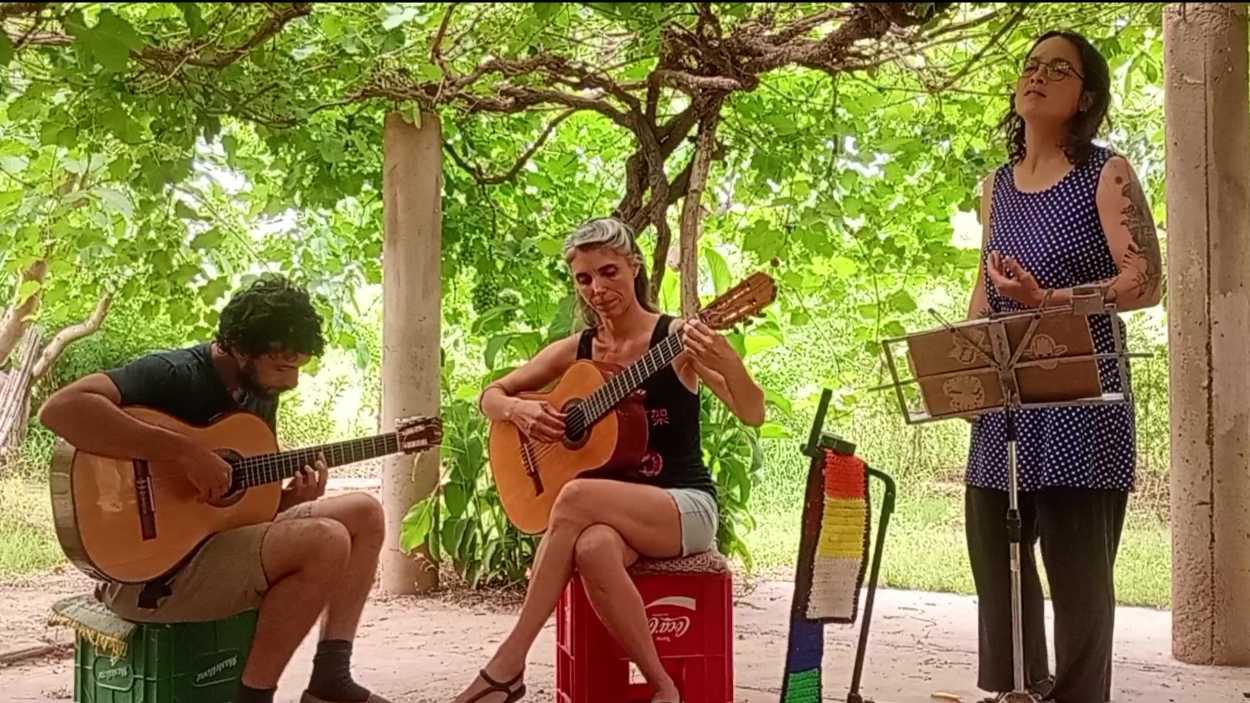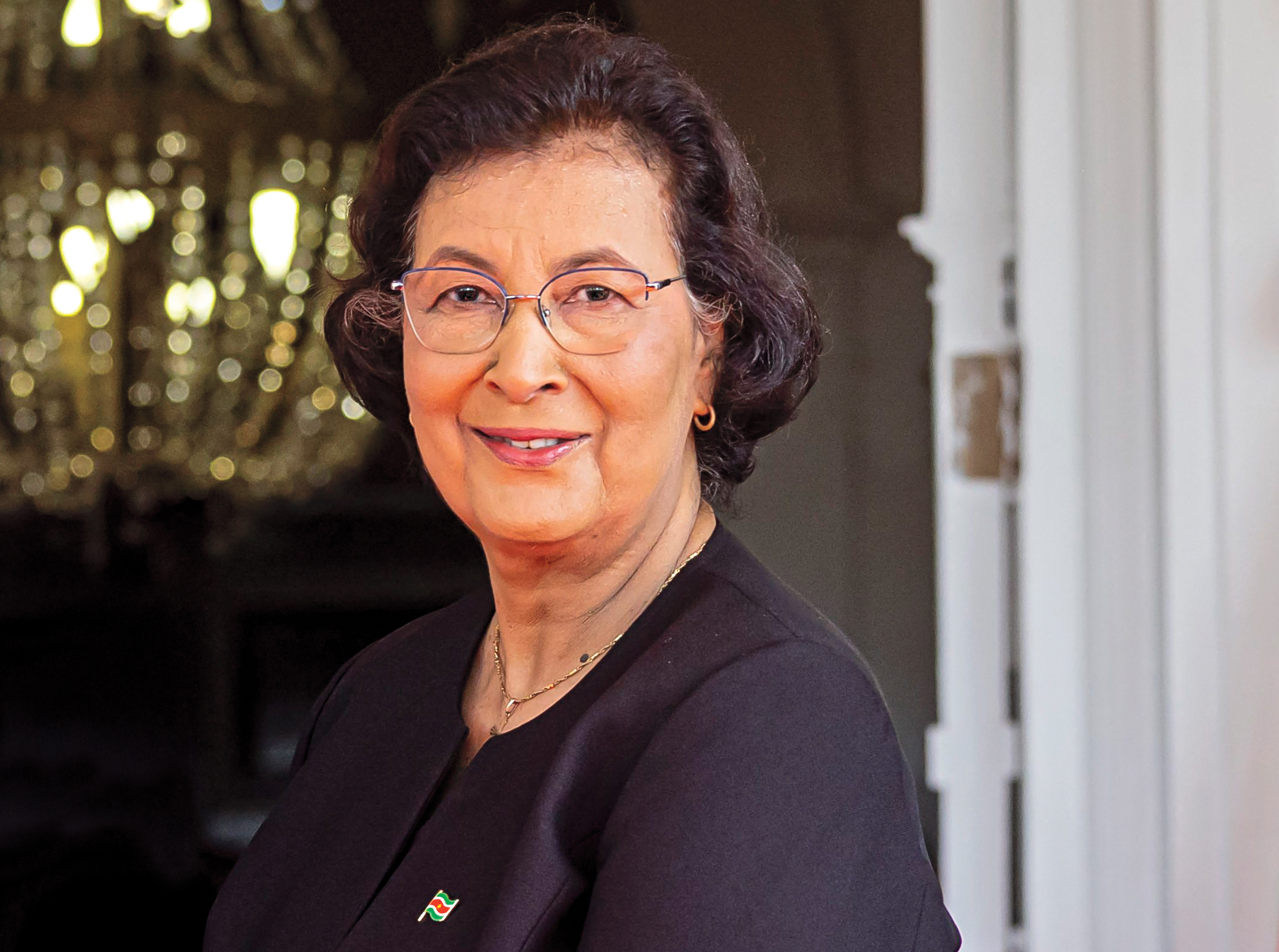Predicting U.S.-Brazil Ethanol Policy
Predicting U.S.-Brazil Ethanol Policy
At a time when ethanol production faces the effects of the global credit crunch, questions arise about how Latin America and a new U.S. administration will cooperate in the field of biofuels.
With a new U.S. administration on the horizon, questions arise over opportunities for cooperation between Washington and Latin American countries in the field of biofuels. In particular, how will an Obama presidency affect collaboration and negotiations between the United States and Brazil in the field of ethanol?
In his latest Miami Herald column, Andres Oppenheimer suggests President-elect Barack shrink U.S. dependence on Middle Eastern oil by working with Brazil, Central America, and the Caribbean to produce sugar-based ethanol, which is both cheaper and better for the environment than the corn-based ethanol produced in the United States. During campaign season, the Obama-Biden ticket proposed working with leaders from across the hemisphere on a new “Energy Partnership for the Americas” to support of clean energy. Obama also voiced support for deepening relations with Brazil through developing markets for biofuels and promotion of “green” technology. The future president has praised Brazil, where more than 70 percent of cars are flex fuel, for providing a model for taking steps toward energy independence.
Yet Obama’s praise for the Brazilian biofuels industry may translate to supporting ethanol subsidies in the United States rather than reducing a tariff on Brazilian ethanol. Bloomberg reports that Obama will likely continue the current administration’s policies of subsidizing the industry, including tax credits.The cost of ethanol production has grown while more supplies of the fuel spell price drops. Less than a week before the November 4 election, VeraSun Energy, the biggest U.S. ethanol producer, filed for bankruptcy protection, according to the Financial Times.
In the past, Obama supported a 54 cent per gallon tariff on imports of sugar-based ethanol and voted for the Farm Bill, which maintains the tariff for two more years. The tariff has been a source of consternation for Brazil, which stands as the world’s biggest sugar-based ethanol producer. A New York Times article examines Obama’s ethanol policy on the campaign trail.
But in a May appearance on “Meet the Press,” Obama acknowledged that rising food prices could spur a policy change, saying, “[I]f it turns out that we've got to make changes in our ethanol policy to help people get something to eat, then that's got to be the step we take.” Moreover, opportunities exist for cooperation with Latin American countries that would sidestep the tariff. By making use of its locations and a recently signed free-trade agreement with the United States, Peru stands poised to expand sugarcane-based ethanol production. AmericaEconomia reports that millions in investments from U.S., Brazilian, and domestic companies in northern Peru could lead to a production boost to supply the U.S. market, given that the FTA allows Peruvian products to enter the United States duty-free starting in 2009.
Meanwhile, Brazil’s ethanol industry could see short-term losses as a result of the credit crunch and related shrinking investments. Still, new deals are cropping up, such as a proposal by Archer Daniels Midland to invest $500 million over seven years in new sugar mills and boosting crop production in Brazil. Addressing a conference at the Organization of American States last month, former Brazilian Agriculture Minister and Co-Chairman of the Inter-American Ethanol Commission Roberto Rodriguez highlighted Brazil’s goal to increase the amount of sugarcane used in producing ethanol to 51 percent from the current level of 41 percent, offering growth and job opportunities.
In the Fall 2008 issue of Americas Quarterly, both Bolivian opposition leader President Jorge Quiroga and Gerdau Board Chair Jorge Gerdau Johannpeter suggest the next U.S. president should deepen ties with Brazil. Visit the new AQ website.








